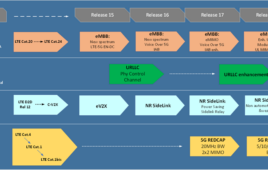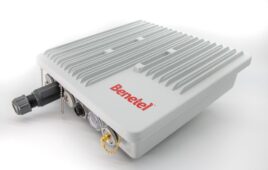Apple is once again responding to allegations that the location and tracking capabilities of its iPhone go too far, this time in China.
China’s state-run broadcaster, China Central Television recently expressed concerns about features in iOS 7 that report a user’s location could result in an invasion of privacy as well as offering insights on China’s economic situation, which could in turn jeopardize state secrets.
Apple responded with a lengthy post on its Chinese website, saying its products are built with security and privacy in mind.
“We appreciate CCTV’s effort to help educate customers on a topic we think is very important,” Apple wrote. “We want to make sure all of our customers in China are clear about what we do and we don’t do when it comes to privacy and your personal data.”
Apple said that its phones are constantly figuring location by pinging cell towers in order to determine location in a quick and reliable manner. But it said all of that is done at the device level and it is not tracking end users. It also said that tracking a phone’s location using GPS takes too long and would not result in a satisfying user experience.
“Calculating a phone’s location using just GPS satellite data can take several minutes. iPhone can reduce this time to just a few seconds by using pre-stored WLAN hotspot and cell tower location data in combination with information about which hotspots and cell towers are currently being received by the iPhone,” Apple said.
The company said it maintains a secure crowd-sourced database containing known locations of cell towers and WLAN hotspots that Apple collects from millions of Apple devices.
“Apple does not have access to Frequent Locations or the location cache on any user’s iPhone at any time,” Apple claimed. “We encrypt the cache by the user’s passcode and it is protected from access by any app.”
The whole situation is very similar to one that arose here in the United States back in April of 2011, when a pair of researches revealed the way the iPhone tracks location. Apple provided a similar explanation to the House Energy and Commerce Committee when it launched an inquiry into the iPhone’s location and tracking capabilities.
In July of 2011, Apple chose to settle a lawsuit in Korea over the iPhone’s data collection. Apple paid a South Korean lawyer 1 million won ($945) to settle a suit alleging the company’s iPhone collected location information without his consent.




